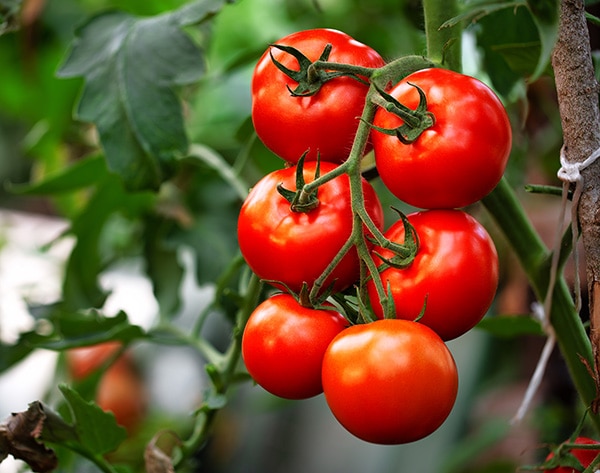Tomayto, tomahto, however you pronounce it, that beautiful, plump gem of flavor comes with a cost.
Ninety percent water, it arrives to you full of the energy from the ground it came from. Boasting the highest amount of natural umami besides sea kelp (konbu), it packs a punch of flavor like no other.
I’m not talking about the lifeless, salmon-colored relatives you find in the grocery stores year-round. I’m talking about the treasures you find at the farmer’s market, handled with care, bursting at the seams, delivered with love and labor. For a farmer, displaying the array of fine heirloom tomatoes, small and large, is a show of pride and more, a show of hard work and investment.
For some, a farmers market can be daunting. It’s not so much the buzz of booths and stalls hawking produce, crafts and prepared foods but more so the prices. Even people who have more than enough means to buy may balk at a $6 bunch of carrots or a $12 clamshell of blueberries.
I think many consumers have a disconnect. Have you ever harvested a single clamshell of blueberries? I have. After such a task, I treasure every single little blue nugget. It is not easy work.
So why does that beautiful, juicy, hombré red, heirloom tomato cost $3 per pound while you can go to a grocery store and get tomatoes for $1.50 per pound?
 I asked Evan Barry of Down River Farms in East Peoria to help me understand the economics of a tomato. If I spelled out every detail in this article, I’d need to ask the editor for an extra page.
I asked Evan Barry of Down River Farms in East Peoria to help me understand the economics of a tomato. If I spelled out every detail in this article, I’d need to ask the editor for an extra page.
For a farm like Down River, which leases its land and puts all of its energy and resources into making the soil better and better, every square inch of growing space matters. With so many livelihoods at stake, money needs to come in with every morsel of food that comes out of the ground.
After reviewing the list of expenses that go into simply growing premium tomatoes in soil that is good for generations to come, I was overwhelmed. Compost, fertilizer, tools, straw, seed, electricity, fuel, potting up, potting down, infrastructure, pruners, sweat — all to cultivate these glorious, plump tomatoes.
After all that, on average, Down River may see 15 pounds of tomatoes per plant. And that doesn’t take into account the weather conditions and blight. Chances are, it will be less.
The best farmers care about the soil. They invest in that soil. They create generational soil wealth for my children and their children. When you eat that gorgeous morsel of tomato ecstasy, remember, you are eating the soil.
The investment in our soil is truly where the costs of that tomato are. Buy that heirloom at the farmers market because the struggle and labor invested has preserved our growing future.





